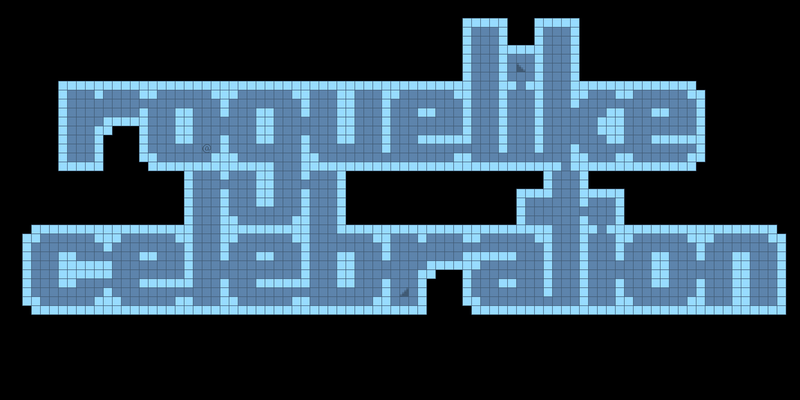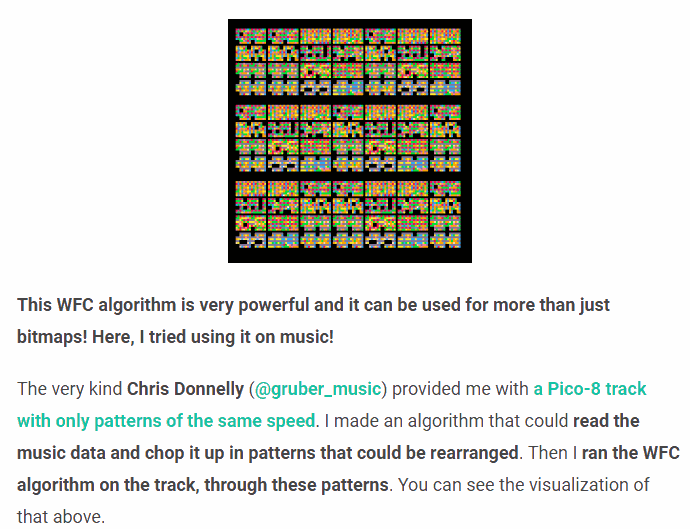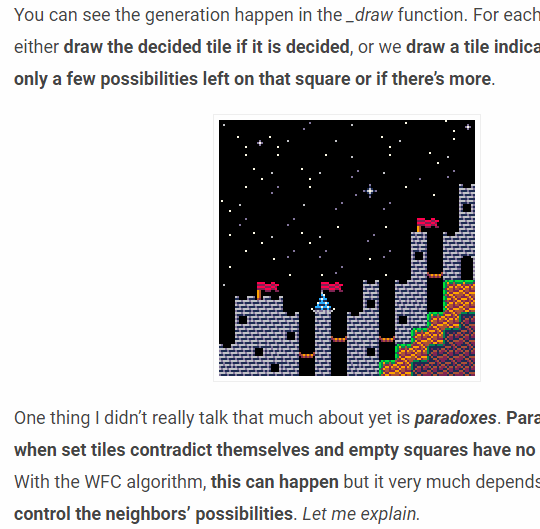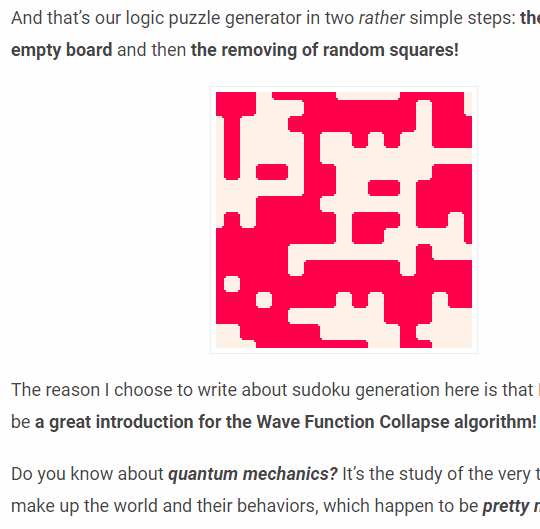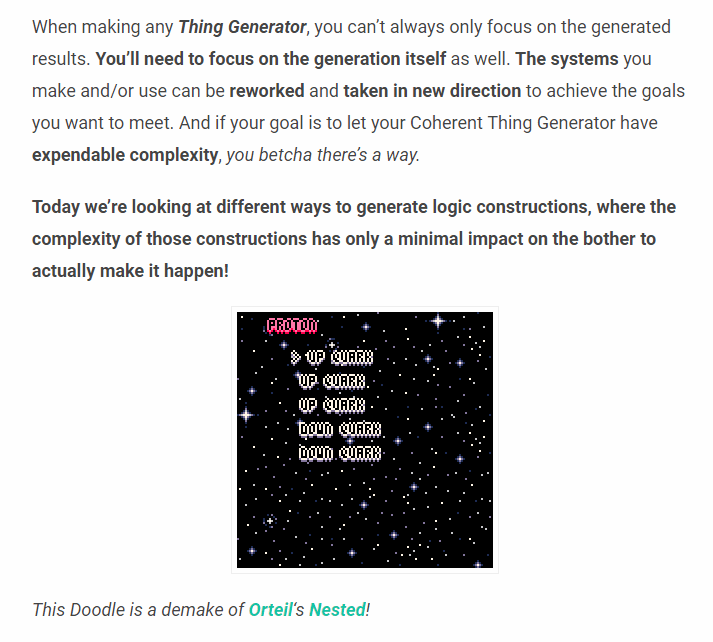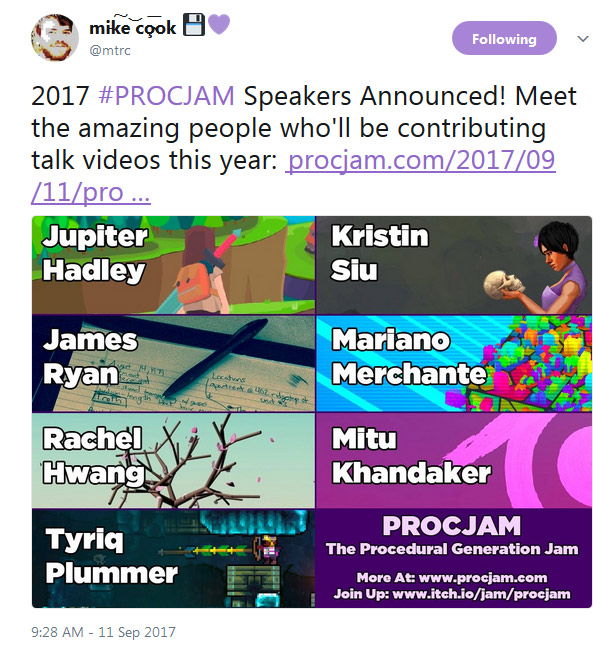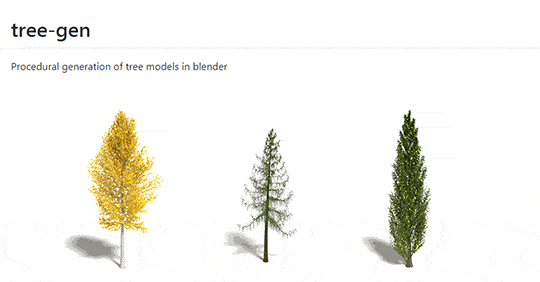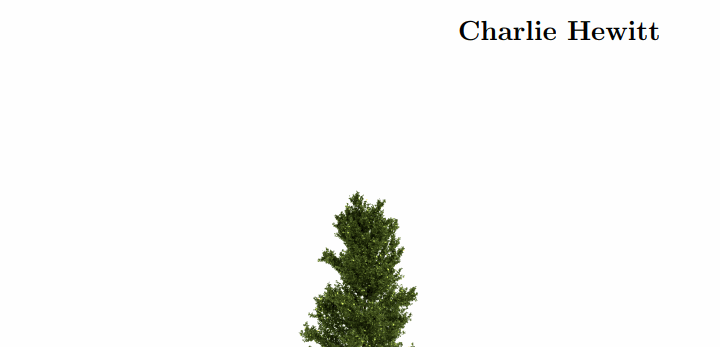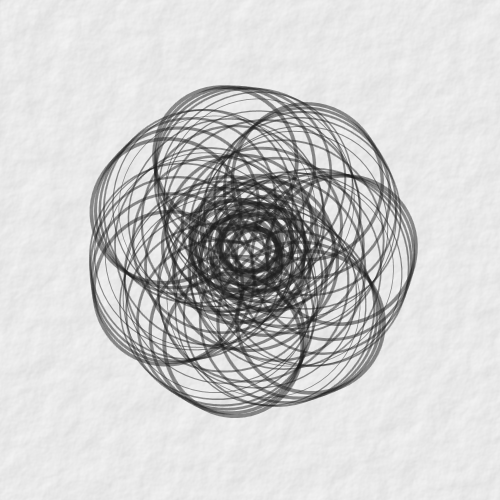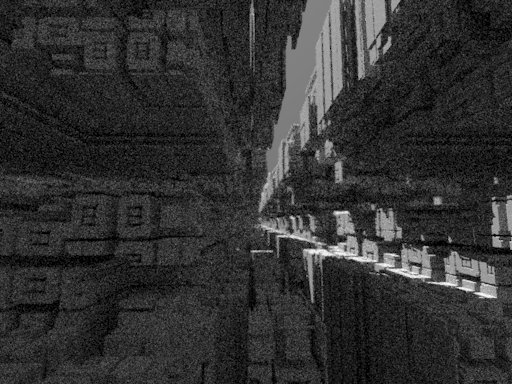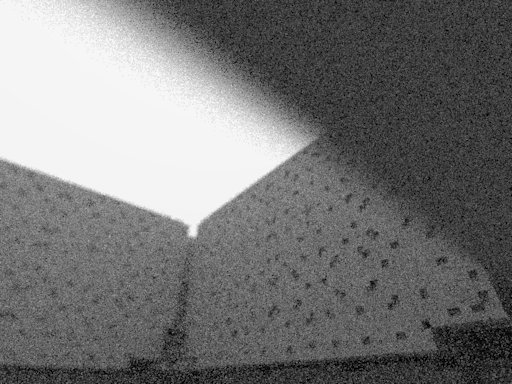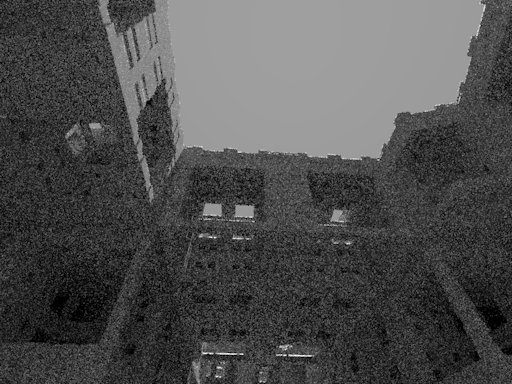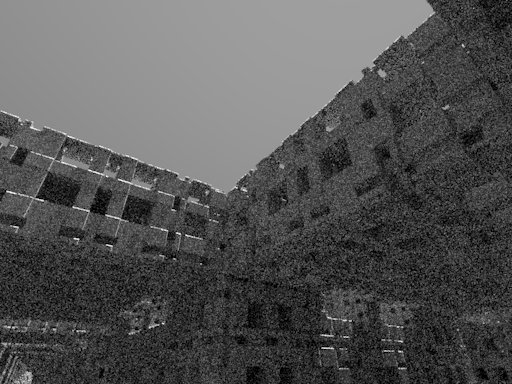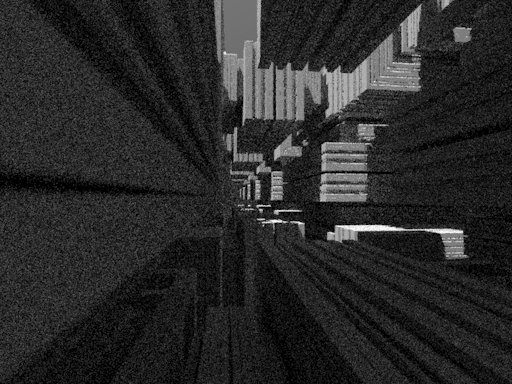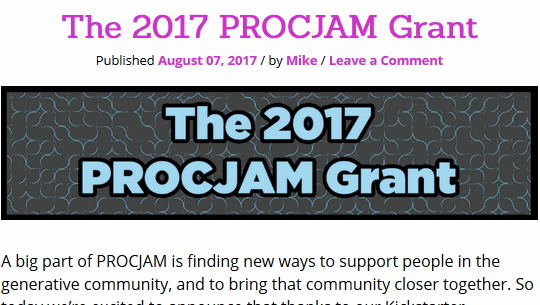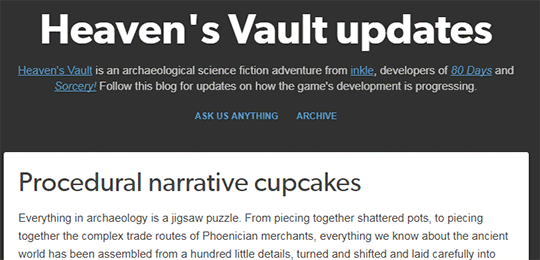

Closing the Loop: Procedural Narrative Cupcakes
This dev blog post by the Heaven’s Vault team immediately pinged my radar when people on Twitter started talking about it. They’re working towards what I think is the next step in authoring interactive narratives.
The core idea here is to reincorporate generated content back into the narrative. Heaven’s Vault is about finding artifacts, and the procedurally generated artifacts that the player finds points to other things to explore. As the generated content is fed back into the generator, it triggers hand-authored content and opens new generative possibilities.
I’ve talked before about how chaining different generators together can be useful. And they’re not the first to experiment with this narrative approach–some NaNoGenMo projects have attempted similar techniques. But they take it much further than previous examples.
The biggest innovation here is that they can combine it with their automated game-player: a system that runs through the content. Looking at the logs from that, they can find interesting combinations and manually expand upon them.
This is the exact kind of mixed-initiative hybrid centaur process that I think points to the future of procedural generation. And maybe the future of human creativity in general.
https://heavens-vault-game.tumblr.com/post/164556877780/procedural-narrative-cupcakes
